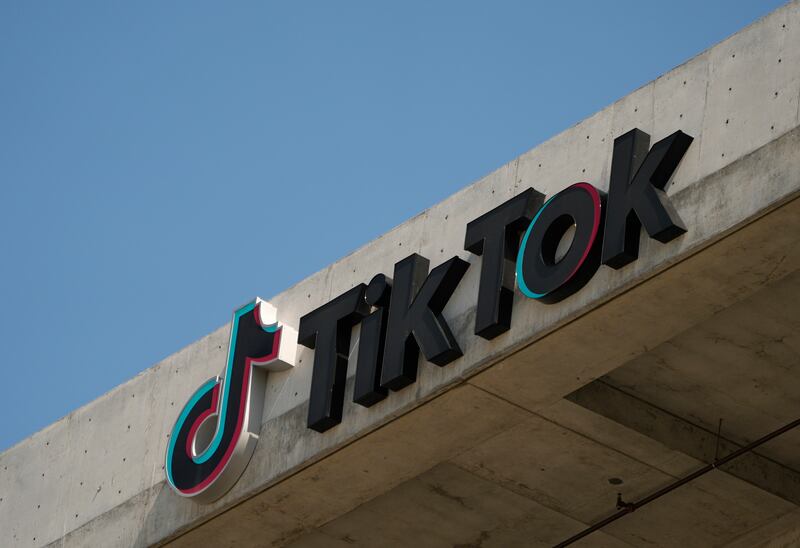The Supreme Court on Wednesday announced that it will weigh in on the ongoing battle over the future of TikTok, a move that may prevent the popular video app from being banned in the U.S. on Jan. 19.
The case centers on the federal law that created the possibility of the TikTok ban.
The justices will consider whether the policy, which aims to force the app’s Chinese owners to divest, violates the First Amendment.
U.S. lawmakers believe that, under its current ownership, TikTok poses a threat to national security, while TikTok and its owner, ByteDance, say the government is trampling on its users' free speech rights.
Wednesday’s announcement is surprising not just because of how quickly it came after TikTok’s appeal — TikTok and ByteDance filed their appeal to the Supreme Court on Monday — but also because of the schedule it lays out.
There is typically a gap of multiple months between when the justices agree to hear a case and when they actually hear it.
But in the TikTok case, just 23 days will separate Wednesday’s announcement from oral arguments on Friday, Jan. 10.
Until Wednesday, Jan. 10 had not been designated as an argument day on the Supreme Court’s calendar.
The justices have instructed attorneys for TikTok and the Biden administration, which is defending the proposed TikTok ban, to file opening briefs on Friday, Dec. 27, and response briefs on Friday, Jan. 3.
The briefs will lay out each side’s view of the case, as well as their views on what their opponents' are claiming.
Once the Supreme Court hears oral arguments, it could quickly put together a ruling in advance of the Jan. 19 deadline. Or it could put the policy temporarily on hold, giving the justices more time to come to a decision.
TikTok and ByteDance requested a temporary hold in Monday’s document, but the justices decided to shorten the timeline for oral arguments instead.
Without a temporary injunction or a Supreme Court ruling in its favor — or a new owner — TikTok will be banned from app stores and internet browsers in the U.S. on Jan. 19.
Under a ban, current users would still have access to the app, but they wouldn’t be able to download new versions, as the Deseret News previously reported.


